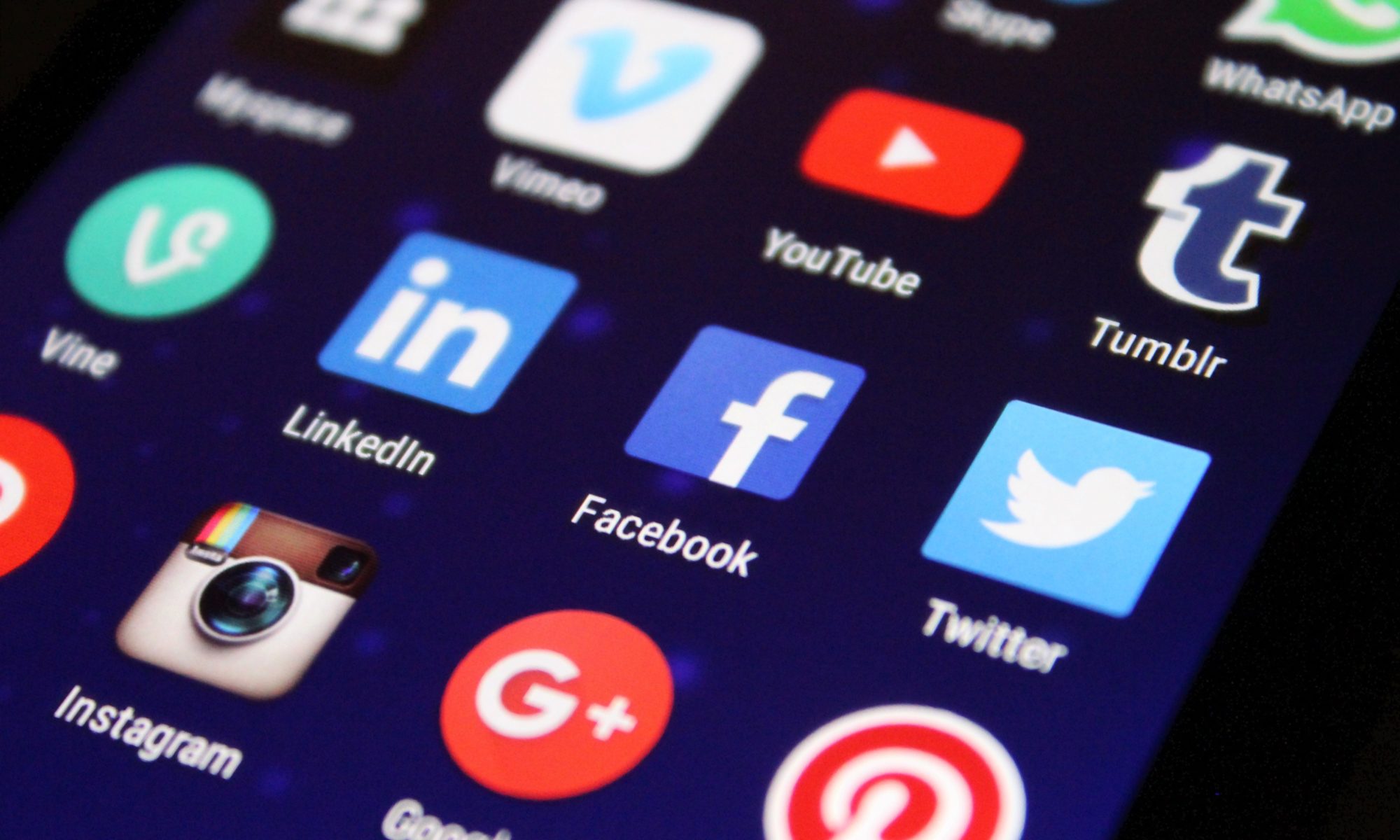I had the pleasure of visiting with the Midwest Editorial Freelancers Association this week, to hear expert Solange Deschatres of SCORCH talk about social media branding.
SCORCH is right here in St. Louis, but it has a very high-level profile among social media management. Clients include Microsoft, LinkedIn, GE, Annuitas and more. Since my social media strategy has basically been “yell at people on Facebook, retweet on my two Twitter accounts, forget that I have an Instagram, and check into LinkedIn once a month or so,” I clearly need some help.
Deschatres says the main thing is “really putting yourself out there and being authentic, being true to you.” That may sound simple, but it’s not. A lot of people, including weirdo creatives like me, will chase trends and try to do the New Thing because they think it will catapult them to immediate success. But it comes off as stiff, trying to hard, the message hidden under layers of shellac, Deschatres said.
Videos are intensely popular on social media, Deschatres said, so even if your video is just a few minutes of you talking into the camera, go on and post that video. I can personally affirm this from the last few years at the newspaper; even if my news video was thirty seconds of the police chief repeating the basic facts that are already in the story, people would click it.
It’s counter-intuitive to me, since I’m very words-focused; I am the person who scrolls past the news video in favor of text even on broadcast news sites; who can’t stand audiobooks and gets annoyed when people read the text at me. Oh, just give it here and let me read already.
But video is the thing. Wait, didn’t we just tell you not to chase trends? Yes, but instead of chasing the trend, try to find a piece of the trend that fits what you do and run with that, Deschatres said.
Another huge key is consistency. Post often, and post regularly. “You are not going to become an overnight internet sensation,” Deschatres said. “People build their audiences over years and years… It’s the consistency that matters.”
We talked for a good bit about the different kinds of social media and their focus. Writers are on LinkedIn and Twitter; Instagram trends young while Facebook trends middle-aged and older; and of course Google Plus is dead.
That’s demographics, though; think about what you’re marketing before deciding which medium to use. My photography, for example, should probably go up on Instagram rather than Facebook, where it’ll get traded around like a meme. (Naturally, much of my work is going first on the Patreon, but hey, a woman’s gotta make a living until she wins the Powerball.)
And please, give up the whole “I don’t ‘get’ Twitter” or whatever excuse you’re using for not stepping out of your comfort zone. A creative who is actively trying to sell and make money at art needs to be present online to be present at all, and that means spending time in social media that you may not prefer. Curate your feed, protect yourself, but don’t be silent. None of us can afford silence.
Some Facebook groups are still useful despite the ever-changing and annoying algorithm – that might be just my own opinion, but Facebook’s algorithm has generally made marketing on the behemoth site a nightmare and a half. But niche groups can provide connections and keep you aware of opportunities, Deschatres said.
Did you know that LinkedIn has a Facebook-like feed where you can post content and follow or unfollow other feeds? Did you know LinkedIn has its own news service posting original content? Many of us (myself included) tend to think of LinkedIn as a place to post your resume and job-hunt. But Deschatres says the content has shifted to become a little more personal, not just buttoned-up business press releases.
In part, she says, that’s because the nature of business has shifted. “People can smell BS a mile away,” she said. “Business decisions are also emotional decisions… they’re making it about choice.”
So while you can’t be everything to everyone – and if you try you’ll muddle your message to the nth degree – you can target your appeal to the right audience. Even big companies like Microsoft are looking for small, local companies like SCORCH, seeking nimble and creative workers they can work with from anywhere, she said.
While you’re figuring out where to be and how often to be there, also consider your content. How-to’s and a look inside your creative process are wildly popular, rather than sharing the content itself, Deschatres said. “There’s lots of content out there, but there’s only one you,” she said. “It’s not so much about promoting the work, it’s about promoting you and your expertise, what you bring to the table.”
A few key points:
• Think about your reposts. Remember that a retweet may or may not be considered endorsement, but it can reflect that way no matter how many disclaimers you put on your profile that no one read.
• Beware of politics. No one says you can’t say what you think (unless you’re doing news, in which case you should already know the inherent ethical problems with wading into politics while reporting.) But keep in mind that clients and customers will be reading it, and it can cost you dearly. That also goes for authors fighting with reviewers; really, guys, nobody wins that fight. Have a drink and move on.
• There’s no such thing as posting too often. This flies in the face of what I’d heard before, but that was in the early days of stone knives-and-bearskins internet, and now Deschatres said you have to speak often to be heard. “The biggest detriment to your brand is not posting too much, it’s posting too little,” she said.
You can manage this in part by scheduling your posts. Set aside some time to come up with posts and schedule them at the times when people are most often online. Tweetdeck is free and fairly simple to use for managing multiple Twitter accounts (I have five, because I’m insane). I was using HootSuite to manage Facebook, but when I tried to go to the paid version they made me mad with billing problems and borked-up service. You can look into Later or buffer, which have free or low-cost options; if you’re a company willing to spend some money, Sprout Social seems to be very popular, but it’s $99 a month, so that’s pretty much out of the reach of most freelancers, I would think.
While social media can therefore become your part-time job – and don’t we all have awesome things we’d rather be doing? – you can manage it with an editorial calendar. I did this myself when I decided to go freelance. It’s separate from my usual “where do I need to be and when is that doctor’s appointment” family calendar, which is color-coded and coordinated with husband and son for our collective sanity.
My editorial calendar, however, has set deadlines for my freelance projects and research projects, as well as recurring deadlines for blog posts, newsletters and social media. Of course, sticking to those deadlines is always the challenge, which is why I know there will be two more essays written this weekend, along with two freelance news articles, a newsletter, and more literature review for the grad-school research. This is while I’m selling and signing at the Dupo Art Fair and running a charity book sale at Leclaire Parkfest, so keep your life in mind when you set up this calendar. Let it fit into your life, not the other way around.
But don’t ignore it. Whether we like it or not, social media is the future, and while it will change and evolve over the years as it has since it was bulletin boards and AOL chatrooms, it is where people are finding their business partners, clients and contractors. If you’re living the freelance life, you need to be out there.
“Think in advance about what you’re going to do, but as long as you get something out there… Social media presence is by definition about being present,” Deschatres said.
To that end, if you want to find me on social media, here are my various locales:
Facebook: Personal and journalism
Twitter: Journalism and grad school
Instagram (But please don’t check this yet. I need to get my teenage son to help me figure out how to use it…)
And, of course… THE PATREON.




